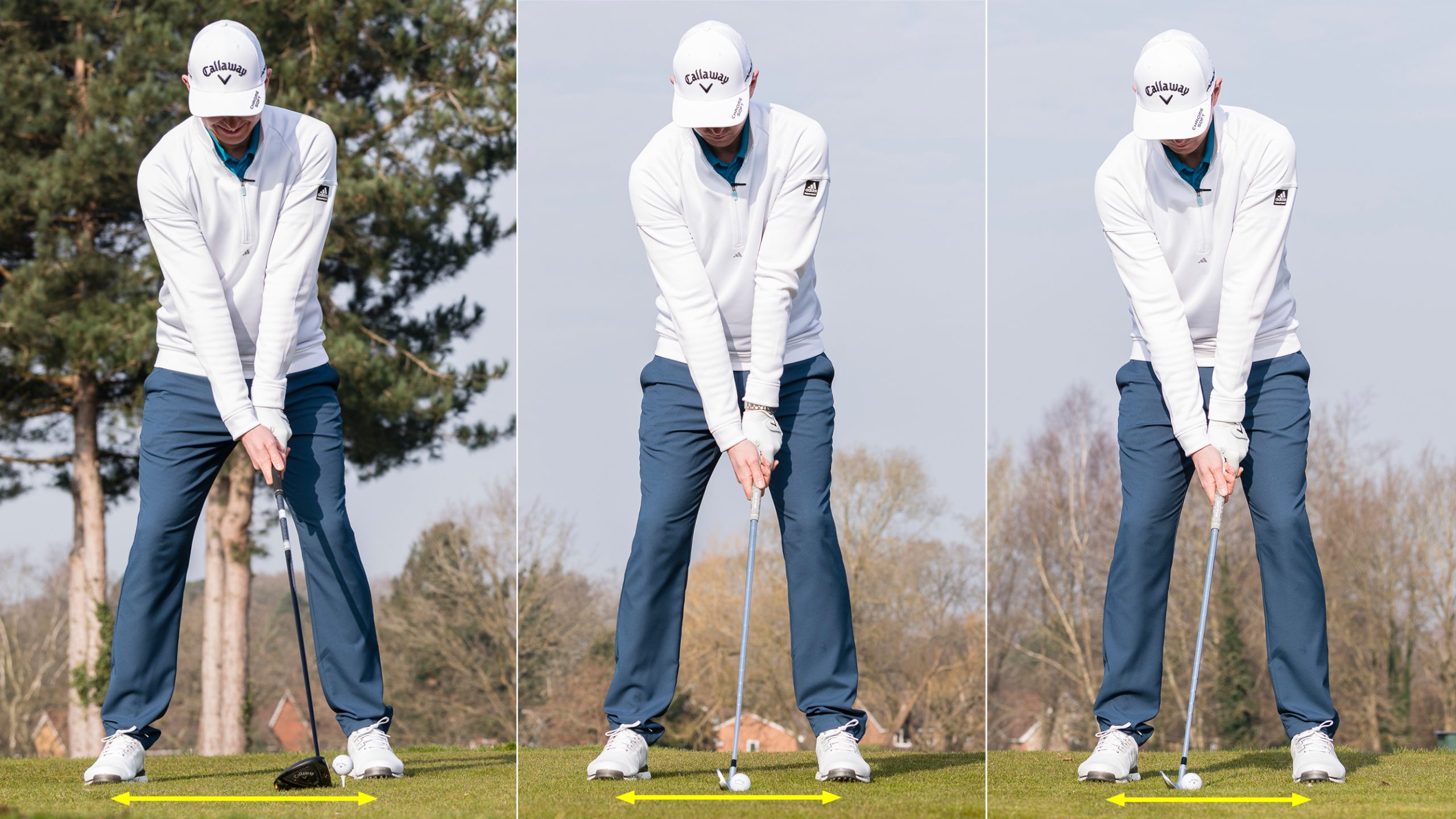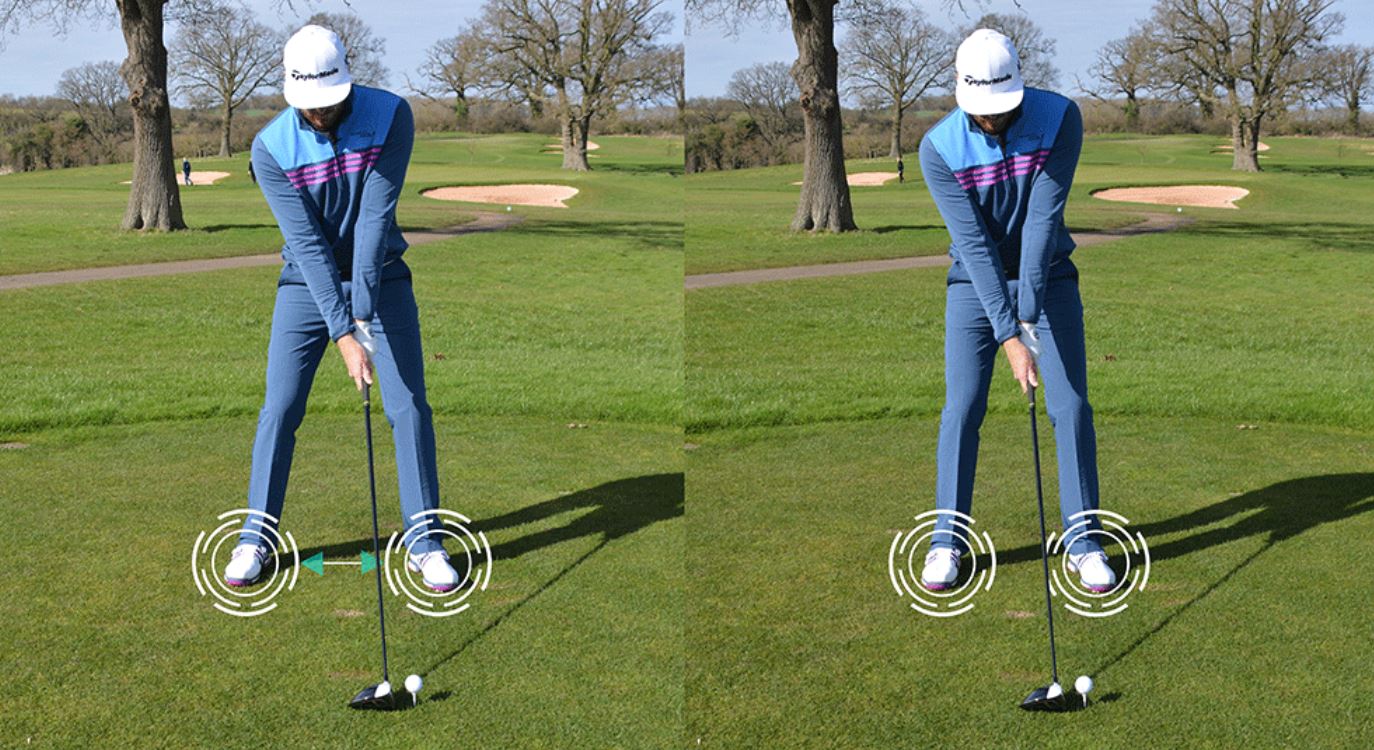How Wide Should Your Golf Stance Be

The golf stance is the foundation of a successful swing, providing the stability and balance necessary for optimal performance on the course. One critical aspect of the golf stance is the width between your feet. The width of your golf stance plays a significant role in your balance, power generation, and shot consistency. But how wide should your golf stance be? Finding the ideal width can greatly impact your swing mechanics and overall game.
In this comprehensive guide, we will explore the factors that influence the width of your golf stance and provide insights to help you determine the optimal width for your swing. We will discuss the importance of a proper golf stance, analyze the relationship between stance width and swing mechanics, and offer practical tips and considerations to help you find the perfect width for your individual game.
Whether you’re a beginner looking to establish a solid foundation or an experienced golfer seeking to refine your technique, understanding the importance of stance width and how it affects your swing is key to unlocking your full potential on the golf course.
So, let’s delve into the world of golf stances and discover how to find the perfect width for your golf swing.

Understanding the Importance of a Proper Golf Stance
Before we dive into the specifics of stance width, let’s first understand why a proper golf stance is crucial for your game. Your stance forms the base from which power, stability, and control are generated during your swing. It provides the necessary balance and foundation to execute consistent shots. A well-aligned and balanced stance allows you to transfer energy efficiently and maintain control over the club throughout the swing.
Evaluating the Optimal Width of Your Golf Stance
What factors determine the optimal width of a golf stance?
The width of your golf stance is influenced by various factors, including your physical attributes, swing characteristics, and personal preferences. These factors work together to create a stance width that promotes stability, power, and consistency in your swing. Understanding and evaluating these factors will help you determine the optimal width for your golf stance.
Analyzing the Relationship Between Stance Width and Shot Control
How does stance width affect shot control?
The width of your golf stance directly impacts your ability to control the direction and trajectory of your shots. A stance that is too narrow may compromise stability, while a stance that is too wide can limit rotational movement. By finding the right balance, you can achieve optimal shot control and enhance your overall performance on the course.
Exploring Different Stance Widths and Their Effects
Narrow Stance vs. Wide Stance: Which is better for your golf swing?
There is a range of stance widths in golf, from narrower to wider positions. Each width has its advantages and considerations. We will explore the effects of different stance widths, examining how they can influence your swing mechanics, balance, and shot-making capabilities. By understanding the pros and cons of each stance width, you can make an informed decision that aligns with your swing style, body type, and overall game.
Factors to Consider When Determining Your Stance Width
How do body type, flexibility, and swing style influence your stance width?
Your body type, flexibility, and swing style play significant roles in determining the optimal width of your golf stance. For example, golfers with a wider build may naturally feel more comfortable with a slightly wider stance, while those with greater flexibility may benefit from a narrower stance. Understanding how these factors intersect will help you find the stance width that maximizes your swing potential.
Tips for Finding the Right Stance Width
Practical tips to help you find your ideal stance width
Finding the right stance width requires experimentation and adjustments. Here are some practical tips to help you discover your ideal stance width:
- Start with a neutral stance: Begin with a shoulder-width stance and make minor adjustments from there.
- Experiment with wider and narrower widths: Gradually widen or narrow your stance and observe the impact on your balance and swing mechanics.
- Consider comfort and stability: Pay attention to how stable and balanced you feel in different stance widths.
- Seek feedback: Consult with a golf instructor or trusted playing partner to evaluate your stance width and its effects on your swing.
Remember, finding the optimal stance width is a process that requires patience and practice. It’s important to note that there is no one-size-fits-all approach, as individual differences and preferences come into play. Therefore, it’s essential to experiment and fine-tune your stance width based on your own body mechanics and comfort level.
Fine-Tuning Your Stance Width Through Practice and Feedback
Once you have identified a stance width that feels comfortable and balanced, it’s time to refine it through practice and feedback. Here are some strategies to help you fine-tune your stance width:
- Video analysis: Record your swings from different angles to visually assess your stance width and its effects on your overall swing mechanics. Seek input from a golf instructor or knowledgeable golfer to gain valuable insights.
- Swing drills: Incorporate specific swing drills that focus on your stance width. For example, practice hitting balls with a narrow stance to develop a greater sense of balance and rotational control, then switch to a wider stance to explore the effects on power and stability.
- On-course evaluation: Pay attention to how your stance width translates to on-course performance. Observe the results of your shots, including distance, accuracy, and consistency. Use this feedback to make adjustments and refine your stance width.
Conclusion
The width of your golf stance plays a vital role in establishing a solid foundation for your swing. By understanding the factors that influence your stance width, analyzing its impact on shot control, and experimenting with different widths, you can find the optimal position that suits your body type, flexibility, and swing style. Remember to practice regularly and seek feedback from instructors or experienced golfers to refine and fine-tune your stance width over time.
Keep in mind that finding the ideal stance width is a personal journey, and it may vary from golfer to golfer. Stay open to adjustments and modifications as you continue to develop your swing technique. With a balanced and properly aligned golf stance, you’ll have a solid platform to unleash the full potential of your swing and enhance your overall performance on the course.





